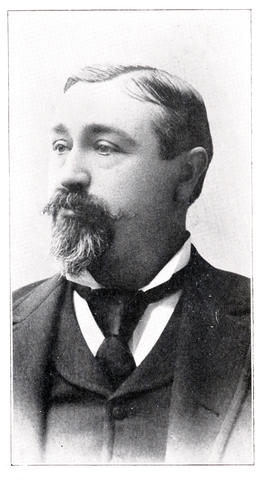Identity elements
Reference code
Name and location of repository
Level of description
Item
Title
MAYOR-002
Date(s)
- 1880 (Creation)
Extent
Content and structure elements
Scope and content
ca. 1880. Theodore Hosmer was elected mayor of New Tacoma May 3, 1882. Mr. Hosmer, a native of Ohio, came to Tacoma in 1873 as secretary of the committee appointed to select the western terminus of the Northern Pacific Railroad. Once Tacoma was chosen as the terminus, Mr. Hosmer was left in charge of clearing the area of cedar and fir trees, laying out the town and preparing the property for market. The Northern Pacific Railroad Co. organized the Tacoma Land Co. and put Mr. Hosmer in as general manager, a position that he held until his resignation and departure from the city in 1882 due to his wife Louise's ill health. He would return from Philadelphia after the death of his wife and become the president of Tacoma Light & Water Co. Mr. Hosmer was active in St. Luke's Church and the Annie Wright Seminary, Washington State Historical Society, and the Union Club. Hosmer Street in the city's south end is named after the former mayor. Theodore Hosmer would die in Tacoma on Sunday, January 28, 1900, and his remains transported to Sandusky, Ohio, accompanied by his only son Alexander. According to Edward N. Fuller's "Biographical sketch of Theodore Hosmer" in the October 1900 Washington Historian, Mr. Hosmer had been one of the founders of the first village and city government of Tacoma, president of the first board of trustees, and unanimously elected the first mayor of the city under its first charter in 1882. Picture from Herbert Hunt's "Tacoma, Its History and Its Builders, Volume 1" opp p.198 ALBUM 16. (Fuller: Washington Historian, October 1900, p. 5-11)
Hosmer, Theodore; Mayors--Tacoma--1880-1890;

